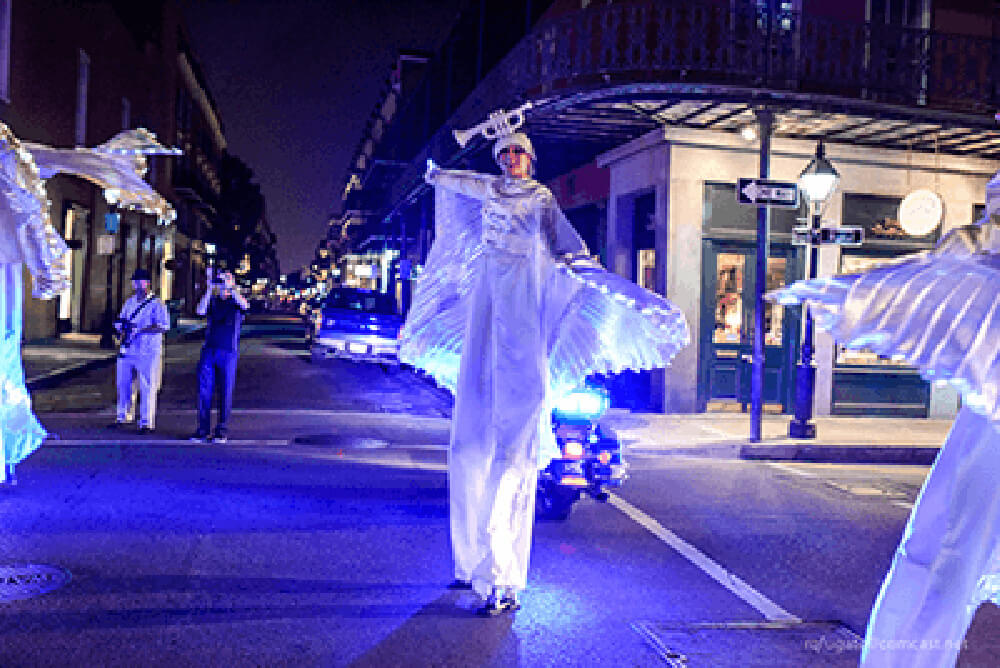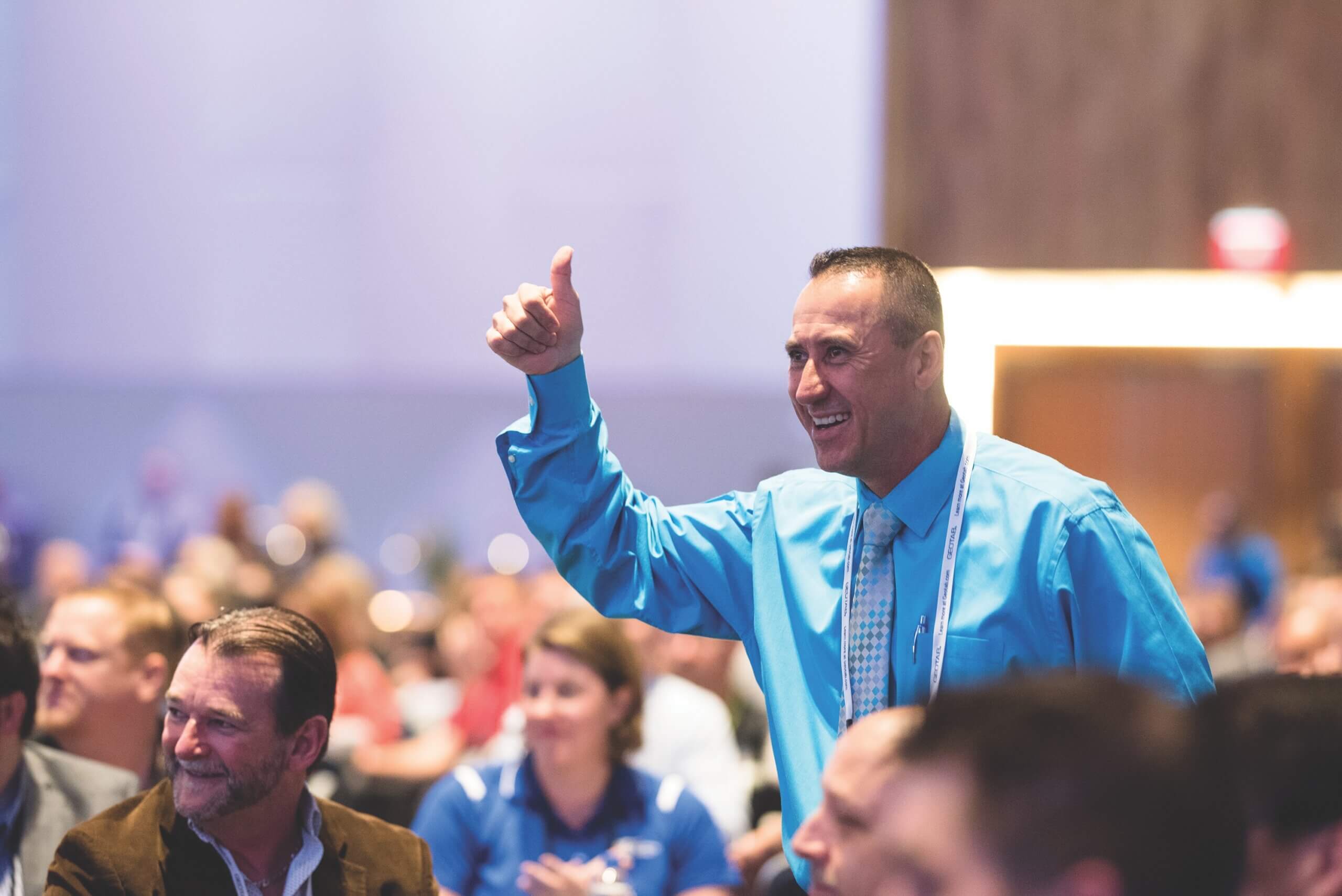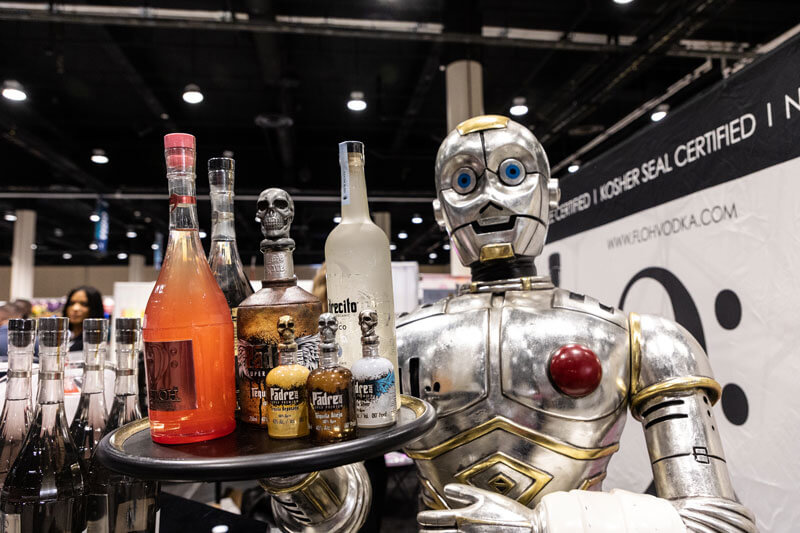
Where does experience design go after the extravagant experiences we’ve seen of late? As event concepts continue to blow up the boundaries, many of us are left asking not “What’s next?” but “What’s left?”
The quandary has led our chief experience architect, Greg Bogue to search for meaning. “Today, we have access to so many options and we’ve kind of seen it all. And I think over the last decade, as we have been building events around guest experiences, we’re kind of hitting that upper barrier of what’s new,” he says.
The same realization has caused many event organizers to rethink. As a result, organizations are moving from “out there” to a more focused approach. “So really the idea is that it’s not necessarily the end of extravagant experiences,” Bogue explains. “It’s the shift toward experiences that have meaning or purpose.”
“The future is in driving deeper engagement through transformative, loyalty-building experiences driven by purpose and shared values”
Today’s biggest brands are following that path to create a deeper emotional connection with audiences. Our brand & engagement strategist, Tim Simpson points out that many category leaders provide excellent examples of this. Companies like Whole Foods, KPMG, Tesla and event brands like Comic-Con and Coachella know the future is in driving deeper engagement through transformative, loyalty-building experiences driven by purpose and shared values, he says.
What’s going on in the event realm mirrors what’s happening in the world at large where consumers’ principles and beliefs are guiding their purchases. Similarly, we see values starting to influence event behavior. Wellness provides a prime example. Guests are demanding greater access to healthier options and time to attend to their personal needs during events, and there’s a whole movement around this. It’s not just about having a 5K team challenge at the conference. Today, wellness supports the event’s purpose and permeates everything.
The Purpose Super Boost
When you bring experiences into alignment with who and what you are as a brand, it’s powerful.
This rallying around shared values is one reframe event organizers need to pay attention to. Focusing on shared purpose is another. It used to be, events began with the message the organization wished to communicate and the experience flowed from there. In contrast, our Master Designers start by asking what the guest needs and ensure the brand purpose is in alignment with answering those needs.
We believe a better way to plan events is to view every experience as building something. “Every event can amplify or dilute your purpose,” states Bogue. “When you bring experiences into alignment with who and what you are as a brand, it’s powerful.”
To get to that perfect alignment, our Design Studio team will spend hours developing an organizing principle. With that in hand, the team can easily determine which experiences amplify the brand purpose—and which don’t, making everyone’s job easier.
The death of experience design?
Not so fast. Experience design will always be an integral part of successful events. The difference is that it is no longer the end in itself. “Now it is seen as a powerful means for amplifying purpose and shared values,” says Simpson.
In essence, we’re talking about moving from experience design to designing with the intention of connecting with purpose and value, Bogue explains. He remembers 8 years ago it was common for event organizers to start by asking what experiences the group wanted to do. As a result, clients jumped from event to event without purpose, leading to a tour of missed opportunities.
Building powerful, purpose-driven events
The first step to success is taking a good hard look at your organization’s values and asking if they map to your audience. Another way of putting it is: what is your “what” and is it relevant to your audience—whether they be customers, employees or another constituency? (More on this topic in the blog post The One Secret to Redesigning Your Event for Fantastic Results)
If you don’t know what your audience values and wants, we recommend doing an insight study for the purpose of knowing your business from your audience’s perspective—the outside-in. “It’s hard to do. The tendency is to focus on execution and logistics of events,” Simpson explains. “Organizations are often too close to their own business and tend to focus on being informative, when what they should be aiming for is transformative.”
Ignore at your own peril
Making the shift to developing events guided by brand purpose and shared values may not be an easy sell in your organization. For companies used to going big and bodacious, the discipline can be a buzz kill. But it’s a better business decision considering the potential downsides of unguided experience design:
- Disruption caused by losing market share to better-aligned competitors
- Disconnection with guests that prevents fulfillment of event objectives
- Lost share of future attendance due to a failure to nurture loyalty
- Opportunity cost of investing and not achieving deeper engagement


